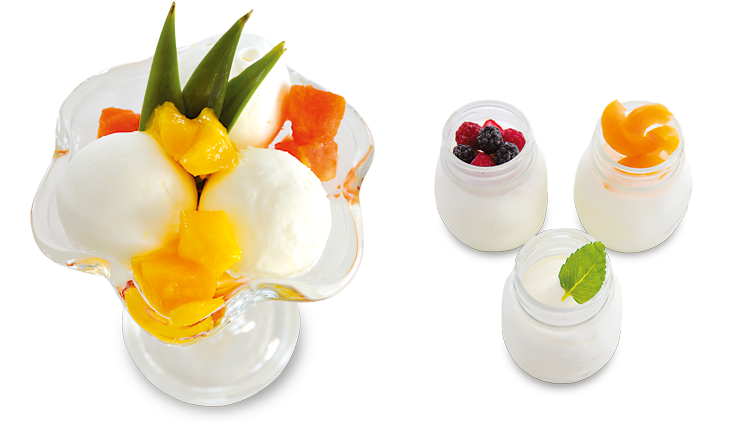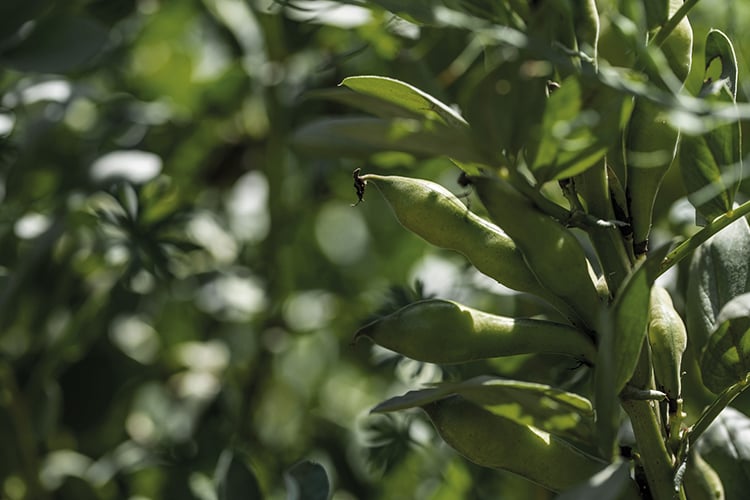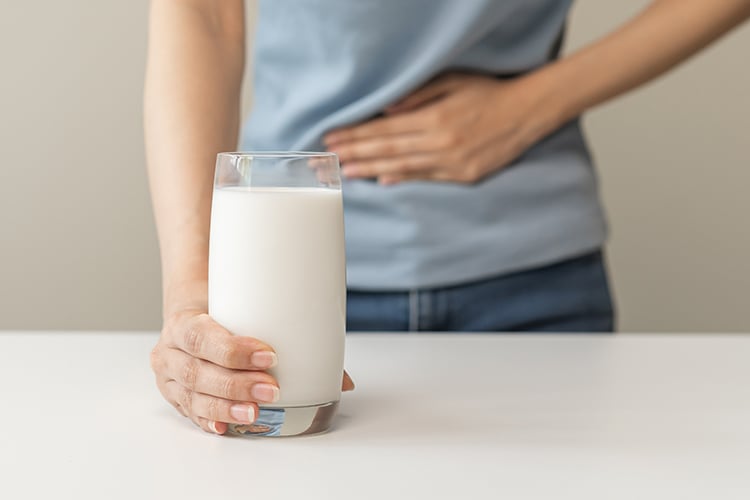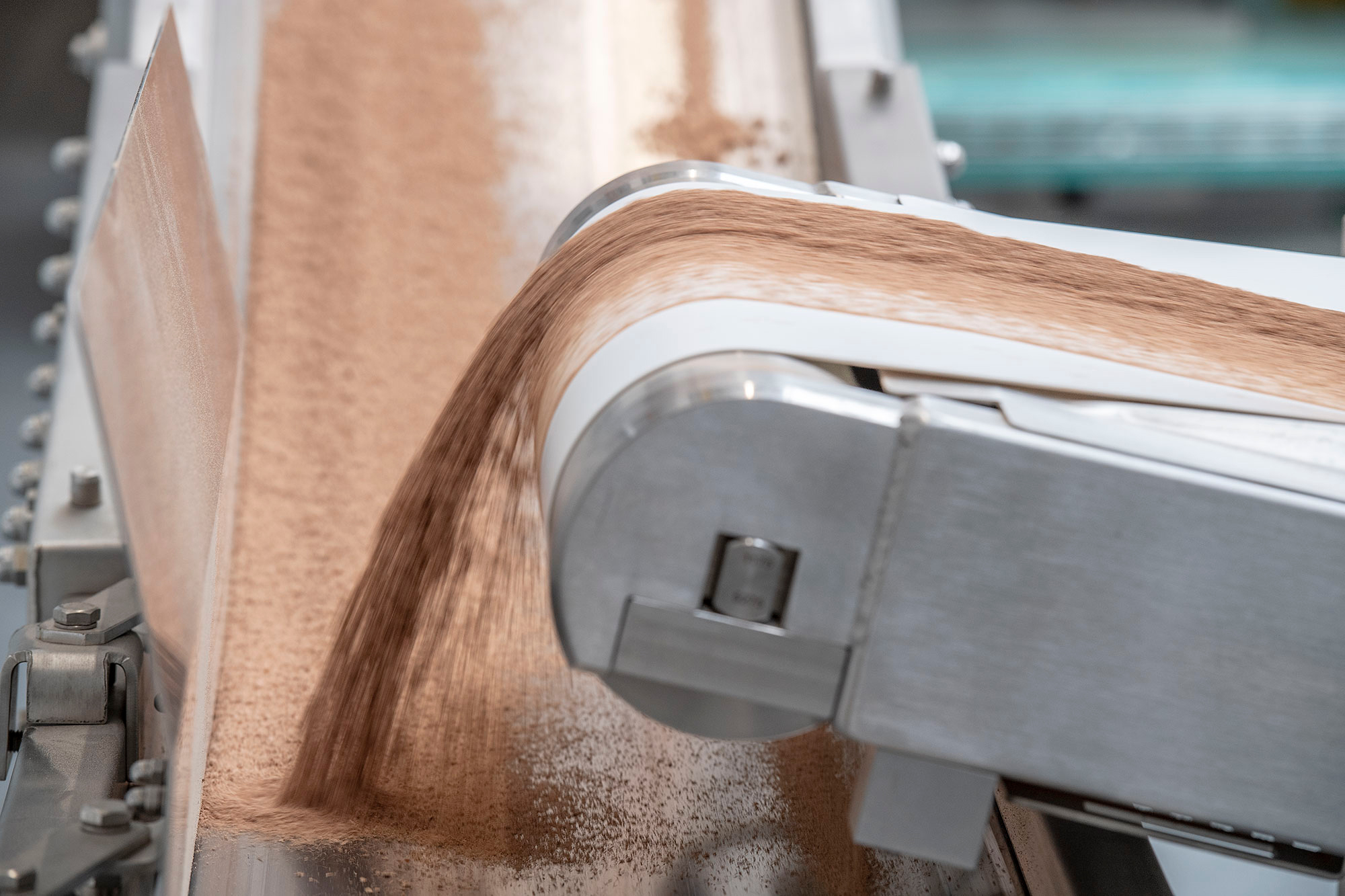 Ice cream (known as "glace" in Switzerland) is a frozen or half-frozen formulation made from milk, milk products, drinking water, sugar, egg products, fruit, vegetable fats and additional ingredients. The basic mixture has to be pasteurised, and the weight has to be at least 450 grammes per litre. The prescribed storage temperature is at least −18 °C, but the ideal temperature for scooping is a few degrees higher.
Ice cream (known as "glace" in Switzerland) is a frozen or half-frozen formulation made from milk, milk products, drinking water, sugar, egg products, fruit, vegetable fats and additional ingredients. The basic mixture has to be pasteurised, and the weight has to be at least 450 grammes per litre. The prescribed storage temperature is at least −18 °C, but the ideal temperature for scooping is a few degrees higher. Ice cream consists of cream, milk and sugar types. Instead of cream or milk, butter, cream or milk powder can be used. Ice cream contains at least 8 % milk fat or 6 % if additional ingredients are added.
Double-cream ice cream contains at least 12 % milk fat. This tastes particularly creamy because fat is an ideal flavour carrier.
Milk ice cream consists of at least 3 % milk fat and at least 8 % fat free dried milk mixture.
Glace is an ice cream based on vegetable fat with at least 3 % fat content. The water content may be
no more than 70 %.
Premium Glace is not a legally protected label, but the consumer expects an ice cream with high fruit and fat content.
Soft ice cream is a half-frozen ice cream and meant for immediate consumption. Its temperature
is between −7 and −10 °C.
Sorbet is sourer and fruitier than ice cream. It is ideal for freshening up the palate between courses. Fruit sorbet must contain at least 20 % fruit or at least 10 % for citrus fruits and at least 6 % for lemons.
Ice lollies consist of up to 80 % water, sugar, fruit juice and/or fruit flavouring, but may also contain milk and up to 3 % fat.
Source: www.glacesuisse.ch
Further information
- Article "Skimmed milk powder in ice cream products"
- Overview "Mister Cool AG company profile"
- Overview "How is ice cream made"









Leave a comment